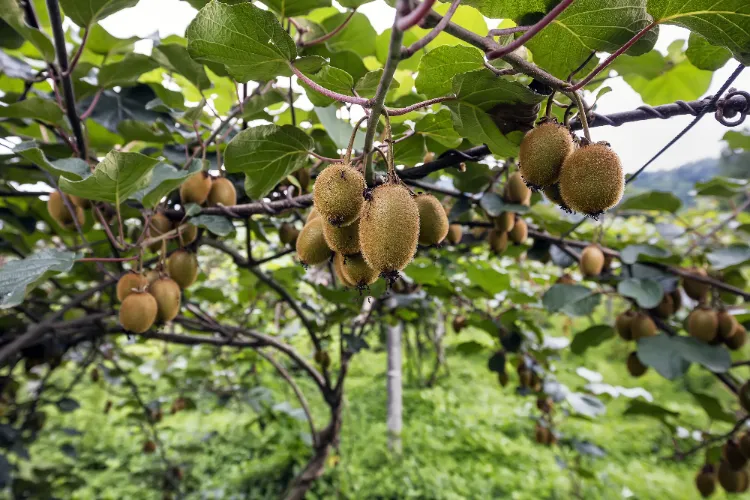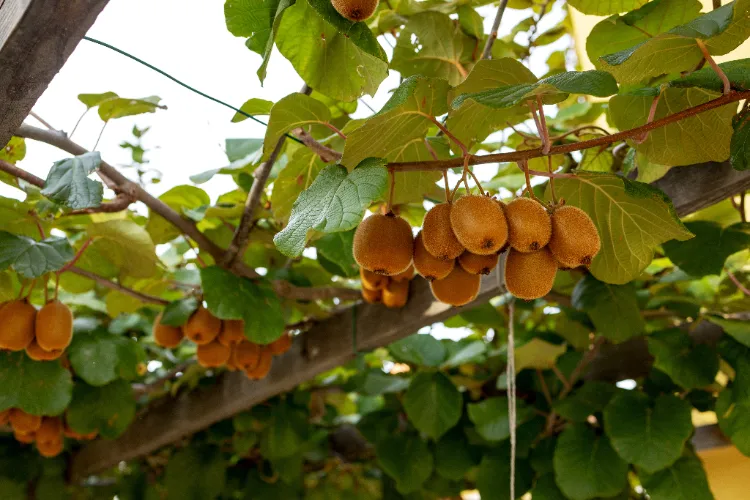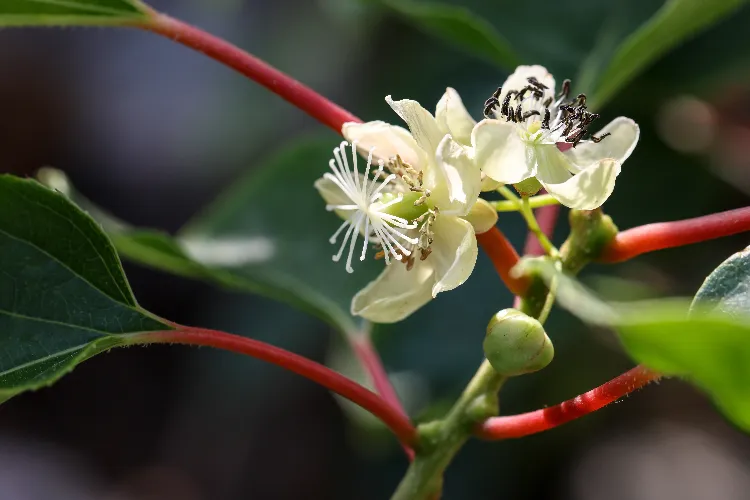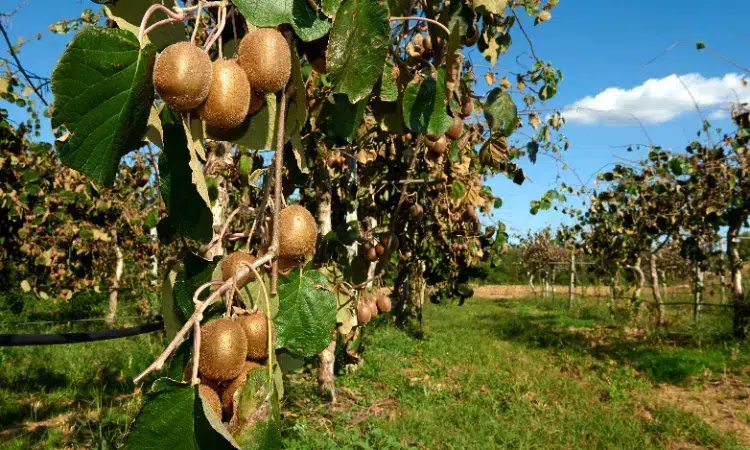The kiwi, scientifically known as Actinidia chinensis, is a tropical delight originating from southeastern China. Known for its tangy flavor and high vitamin C content, this fruit thrives in warm summers and mild winters. Fortunately, it adapts well to the French climate, adding both beauty and bounty to your garden. But where exactly should you plant a kiwi, and what are the best practices for its care? Read on to find out!

Where to Plant a Kiwi?

Kiwi plants are vigorous climbers with twining stems and large heart-shaped leaves, making them a stunning addition to any garden. For optimal growth, the kiwi needs a location that meets the following conditions:
- Sunlight and Protection: Plant your kiwi in a spot with ample sunlight and shelter from strong winds. Kiwi plants thrive in a sunny environment where they can soak up plenty of warmth.
- Soil Requirements: Kiwi prefers rich, deep, and well-drained soil. It does not fare well in calcareous soils, so ensure your soil is not overly alkaline. If your soil is heavy or clayey, consider amending it with organic matter to improve drainage.
- Support Structure: Kiwi vines need a sturdy support to climb. Suitable options include:
- A pergola
- An arbor
- A fence
- Iron wires stretched against a wall
When to Plant a Kiwi

The best time to plant kiwi is during the winter months. This allows the plant to establish its roots before the growing season begins. By planting in winter, your kiwi will have time to root deeply and be ready to bud in the spring and bear fruit in the fall.
If you live in a region with severe winters, consider planting your kiwi in the spring instead. To protect it from late frosts and cold temperatures, cover the plant with a thick layer of mulch and a wintering veil to shield the buds.
How to Maintain a Kiwi Plant

Proper maintenance is key to ensuring a healthy and fruitful kiwi plant:
- Winter Pruning: Prune your kiwi in January or February to shape the plant and remove any dead or damaged branches. This should be done when temperatures are above freezing to avoid harming the plant.
- Watering: Keep the soil consistently cool, but avoid waterlogging. Kiwi plants dislike stagnant moisture, which can lead to leaf discoloration and loss of vigor. If you suspect overwatering, test the soil by watering deeply twice to see if the issue resolves.
- Mulching: Apply a 15 cm layer of mulch around the base of the kiwi plant in May. This helps retain soil moisture, provides nutrients, and improves soil structure, especially in alkaline soils. Mulch also helps to regulate soil temperature and prevent weed growth.
By following these guidelines, you can create an ideal environment for your kiwi plant, ensuring it grows robustly and produces delicious fruit. Whether you’re adding a kiwi to your garden for its unique flavor or its ornamental appeal, proper planting and care will help you achieve a thriving, fruitful vine.



